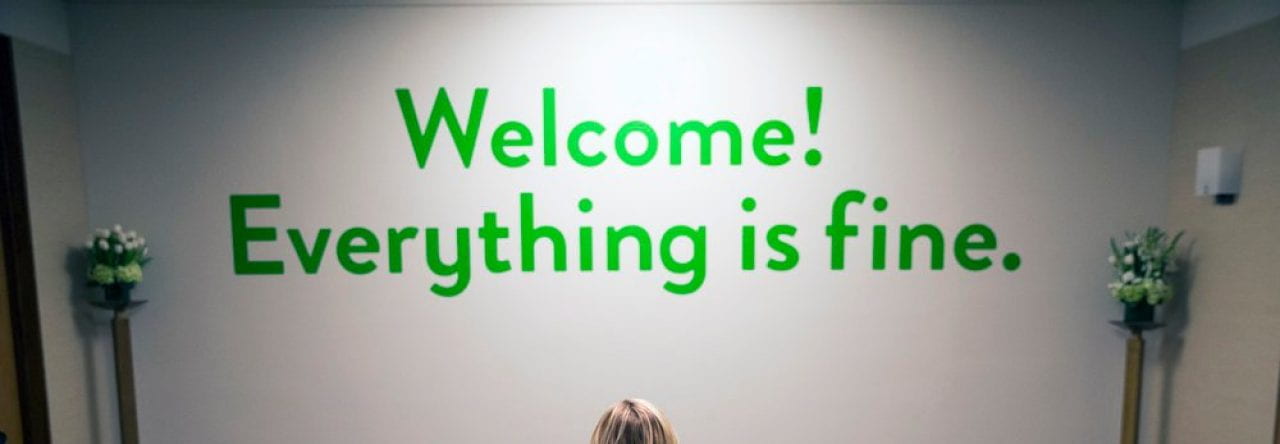Through our research we saw that women are generally underrepresented in the news at all forms and at all levels. We wanted to narrow our scope, so we chose to take a closer look at the most viewed news programs to see the impacts and presence or lack of diversity at this level. We chose this research question because it was a direct quantitative analysis of female representation in news programs. Rather than looking at programs across different networks, we chose to look at the top 25 most watched programs nationwide since those programs received the highest viewership and ratings and thus are most representative of the news Americans are consuming. Additionally, this question can be expanded to look at intersectionality in news networks and how both gender representation and diversity in other forms such as race and sexual orientation translate into audience demographics.

Will is one of the people in our group
We chose to look at “gender spread” since we cannot assume that every news anchor identifies as just male or female. This question is important as it reflects larger societal preferences that news corporations are acting on for profit, and this can lead to furthering gender roles into the news industry which in turn transpires back to the viewers. We can measure gender spread through the gender ratio of primary news anchors per program. Through this question, we expect to demonstrate that there is a discrepancy within the genders of primary news anchors on the 25 most watched news programs and determine if there are any fluctuations or patterns that may line up with a given year’s political or social climate. As such, we are interested in how these factors may have changed since 2008. It could be the case that the election of Barack Obama spurred an increase in diversity in TV news, but it could also be the case that there was some sort of diversity backlash against the idea of the first black president.

Comments are closed.